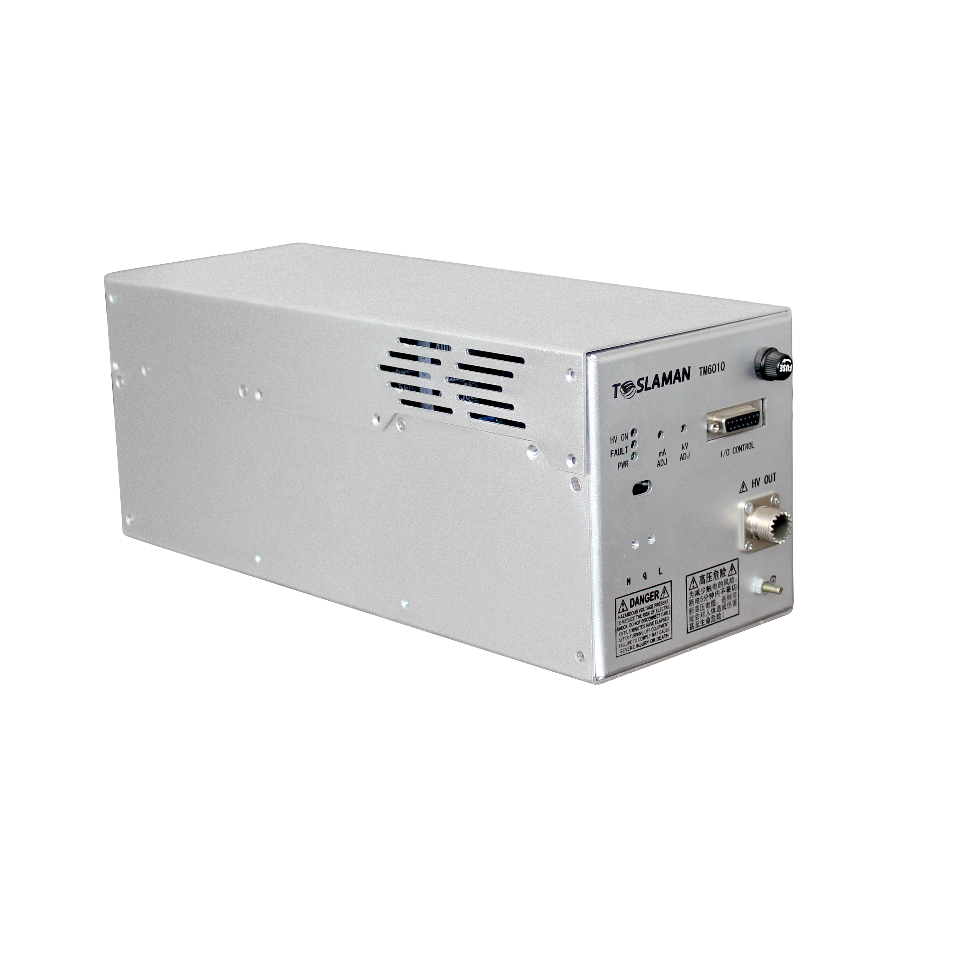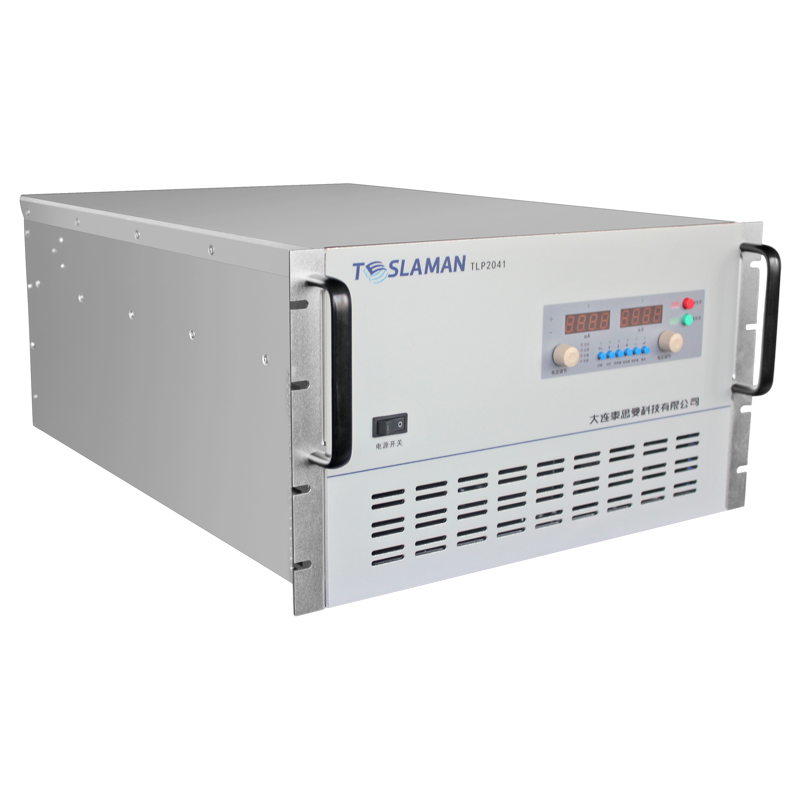Key Technologies and Engineering Practices of High-Voltage Power Supplies in the Field of Electrostatic Charging
In the field of electrostatic charging, high-voltage power supplies are one of the key technologies. The stable output of high-voltage power supplies ensures the efficient injection of charges during the electrostatic charging process, thereby improving the performance of the charging materials. This article will discuss in detail the key technologies and engineering practices of high-voltage power supplies, including switching power supply technology, transformer design, protection circuits, and feedback control.
## 1. Switching Power Supply Technology
Switching power supply technology is one of the core technologies of high-voltage power supplies. Its working principle is to convert a DC power source into a high-frequency AC power source through the switching on and off of switching elements, then transform it through a high-frequency transformer, and finally rectify and filter it to obtain a high-voltage DC output. Compared with traditional linear power supplies, switching power supplies have the advantages of small size, high efficiency, and stable output.
In electrostatic charging applications, switching power supply technology needs to consider the following points:
1. Choose suitable switching elements, such as IGBTs, MOSFETs, etc., to ensure stable output of the high-voltage power supply.
2. Choose an efficient high-frequency transformer to improve the conversion efficiency of the power supply.
3. Design appropriate output filtering circuits to ensure the purity of the high-voltage output.
## 2. Transformer Design
In high-voltage power supplies, transformer design is crucial. The magnetic core material and coil structure of the high-frequency transformer directly affect the efficiency and output stability of the power supply.
In electrostatic charging applications, transformer design needs to consider the following points:
1. Choose high-permeability magnetic core materials, such as ferrite magnetic cores, to reduce magnetic losses.
2. Design appropriate coil structures to improve the conversion efficiency of the transformer.
3. Consider the heat dissipation problem of the transformer to ensure stable operation of the power supply.
## 3. Protection Circuits
In high-voltage power supplies, the design of protection circuits is crucial, which can ensure stable operation of the power supply under abnormal conditions. Common protection circuits include overcurrent protection, overvoltage protection, short-circuit protection, and overheat protection.
In electrostatic charging applications, protection circuit design needs to consider the following points:
1. Design fast-response overcurrent protection and short-circuit protection to prevent damage to the power supply and other equipment.
2. Design accurate overvoltage protection to prevent excessive fluctuations in the high-voltage output.
3. Consider overheat protection to ensure stable operation of the power supply at high temperatures.
## 4. Feedback Control
To ensure stable output of high-voltage power supplies, feedback control is necessary. By monitoring the output voltage and current in real-time and adjusting the operating state of the power supply, stable high-voltage output can be achieved.
In electrostatic charging applications, feedback control design needs to consider the following points:
1. Design suitable sensors, such as voltage sensors and current sensors, to monitor the output voltage and current in real-time.
2. Adopt digital control technology, such as PID control, to achieve precise output stability control.
3. Consider the matching problem between the power supply and the load to ensure efficient operation of the power supply.
In summary, the key technologies and engineering practices of high-voltage power supply in the field of electrostatic stationary include switch mode power supply technology, transformer design, protection circuits, and feedback control. Reasonable selection and application of these technologies can ensure stable output of high-voltage power sources, thereby improving the performance of electrostatic electret materials.




















